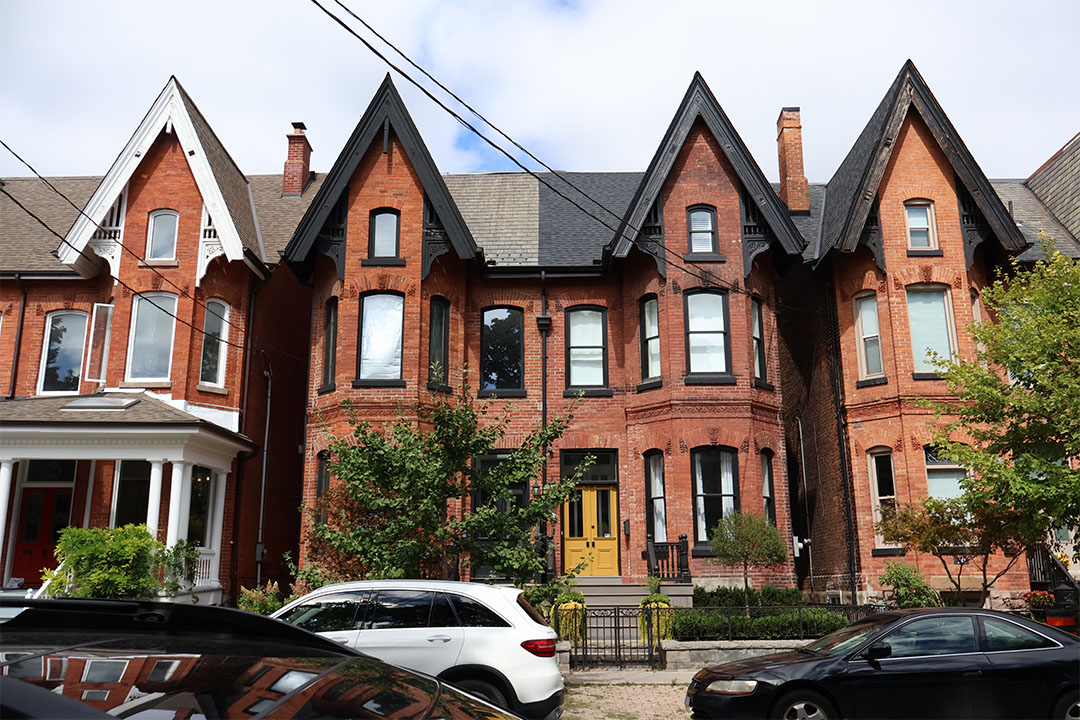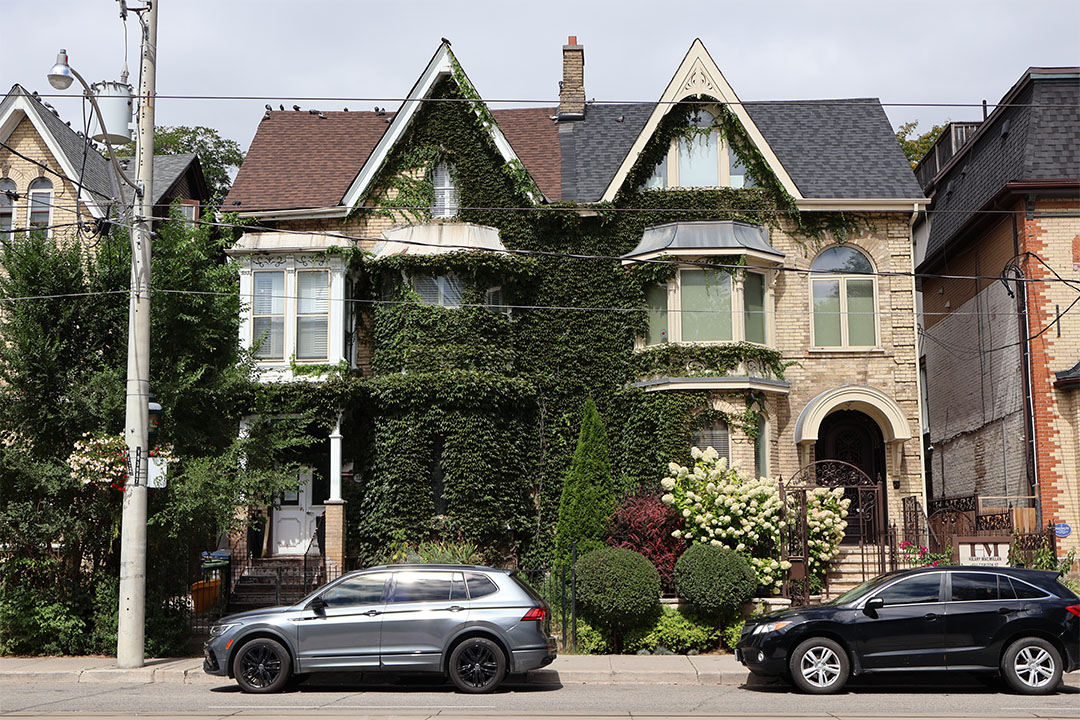Affordable and suitable housing is an ongoing concern for U of T students, and proximity to campus often dictates housing choices. For U of T students post-first year, limited dormitory availability is a major issue.
As the demand for on-campus housing continues to surpass available spaces, many students find themselves seeking alternative housing options in the inflated Toronto rental market. With Toronto rent averaging $2,822 as of April 2023, while minimum wage will still be at $16.55 per hour in Ontario as of October 2023, it’s no wonder students struggle to secure affordable and appropriate housing near U of T campuses.
With high-rise apartments dominating the urban landscape, limited housing options can often force students into suboptimal living situations or lengthy commutes. This not only adds stress to the already challenging postsecondary life but also raises suspicions regarding the university’s ability to provide a stable living environment for its students throughout their academic journey.
In my view, the concept of missing middle housing offers a potential remedy, as it presents a range of housing options that bridge the gap between single-family homes and towering apartment complexes. While the city’s past zoning laws have hindered the addition of middle housing, it is important to understand the advantages of reintroducing duplexes, triplexes, and townhouses in Toronto because it unveils a plethora of positive outcomes for U of T students.
What is missing middle housing?
“Missing middle housing” is a range of housing types that bridge the gap between detached single-family homes and large apartment buildings. These include duplexes, triplexes, townhouses, and other similar buildings. The idea behind this concept is to provide diverse, moderately denser housing options that not only fit into existing neighbourhoods but also offer affordability and community integration. Missing middle housing can involve building along the lines of the historic row houses in neighbourhoods like Cabbagetown or modern townhouse developments in areas like Liberty Village.

Reintroducing missing middle housing options can have several direct and indirect benefits for U of T students. To start, affordability is a pressing concern for students. Single-family homes are often unattainable, and high-rise apartments can be costly as well. Missing middle housing options tend to be more affordable due to their smaller size and shared infrastructure. A study by the Urban Land Institute also highlighted that diversifying housing options can lead to increased affordability for various demographic groups, including students.
Further, missing middle housing could be strategically placed near U of T campuses to reduce commute times and enhance the overall student experience. Duplexes, triplexes, and townhouses can be designed to fit into existing amenities and established communities, bringing students closer to their academic activities. According to Evergreen, a GTA housing action lab, opening areas to “gentle” density building options — such as middle housing — could increase housing supply, diversify Toronto’s housing stock, and create opportunities to reimagine walkable neighbourhoods.
Although high-rise apartments are great at utilizing vertical space, they often lack the close-knit community feeling that missing middle housing can provide. These smaller housing options encourage social interaction, creating a sense of belonging and support among U of T students.
Lastly, and most obviously, middle housing options can enhance the aesthetic appeal of neighborhoods. With careful planning and design, these structures can blend modern architecture with the existing urban environment, contributing positively to Toronto’s cityscape. I mean, just think of the beautiful Toronto-ubiquitous Bay and Gable townhomes.
Zoning laws: the barrier to missing middle housing
While the benefits of reintroducing missing middle housing are evident, Toronto’s past zoning laws — although many of them have now been rectified — still present a formidable obstacle.
On May 10, 2023, the Official Plan Amendment and Zoning By-Law Amendment were voted in by City Council to permit the development of middle housing. While this decision is better late than never, the damage has already been done. Toronto’s housing culture is filled with Not In My Backyard (NIMBY) sentiment, a term which refers to strong feelings against affordable housing projects being proposed in already established neighbourhoods. This sentiment is difficult to dismantle, and the city’s zoning laws have traditionally favoured single-family homes and high-rise apartment buildings.
These laws have often restricted the construction of smaller-scale housing options like duplexes, triplexes, and townhouses in many neighbourhoods. The intent behind the zoning laws was to protect Toronto’s most vulnerable populations and reinvigorate flagging neighbourhoods, but their unintended consequence felt to this day, has been a limited range of housing options.
Calls for zoning reform in Toronto have gained momentum in recent years as policymakers, urban planners, and housing advocates recognize the need for change. The Missing Middle Housing project by the Canadian Urban Institute underscores the urgency of reforming zoning laws to accommodate the diverse needs of residents, including U of T students. Efforts to enable missing middle housing are seen as an avenue to enhance housing options, promote community engagement, and address affordability concerns.
City officials and policymakers must collaborate with urban planners, architects, and communities to identify suitable areas for missing middle housing development. Furthermore, the process should involve input from U of T students to ensure it meets unique student housing needs.
U of T students’ housing future
U of T students deserve housing options that align with their budget and needs. The promise of missing middle housing offers a bit of hope, but its success hinges on community involvement against NIMBYs who want to guard zones for single, detached family homes in Toronto. As conversations around housing reform continue to gain momentum, U of T students have an opportunity to shape a more equitable housing landscape — one that prioritizes accessibility, affordability, and the diverse needs of Toronto’s residents.
At the intersection between the promise of missing middle housing and the push for zoning reform lies the potential for a brighter, more affordable, and more inclusive housing future for U of T students. As we advocate for change, we as students are reshaping not only our own housing experience but also the trajectory of Toronto’s urban development.
Emily Carlucci is a third-year student at Trinity College studying political science and English.



No comments to display.